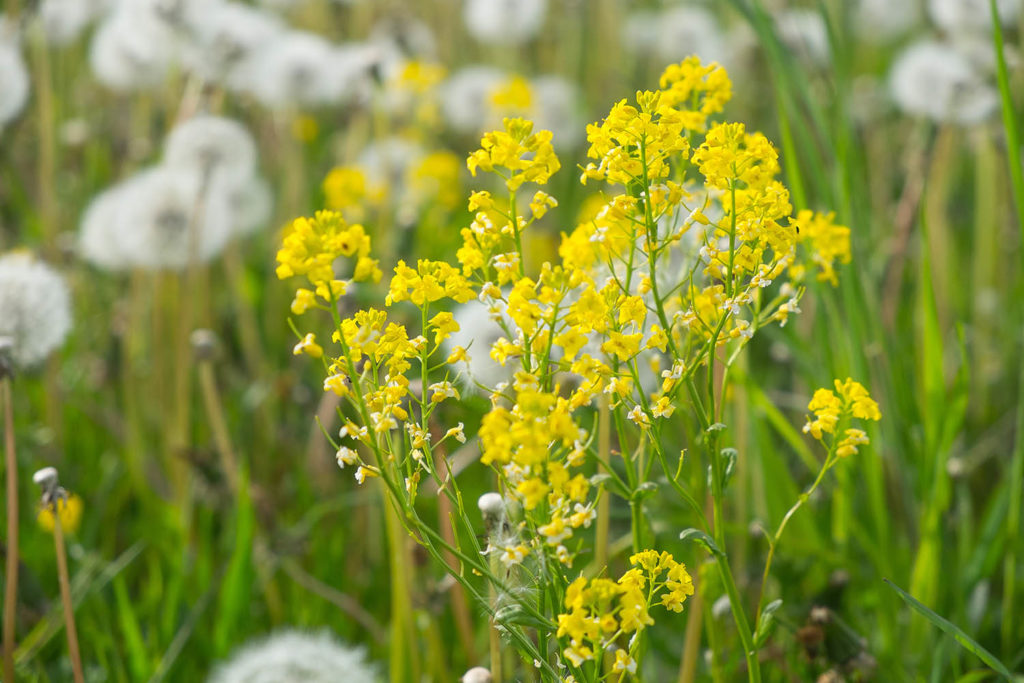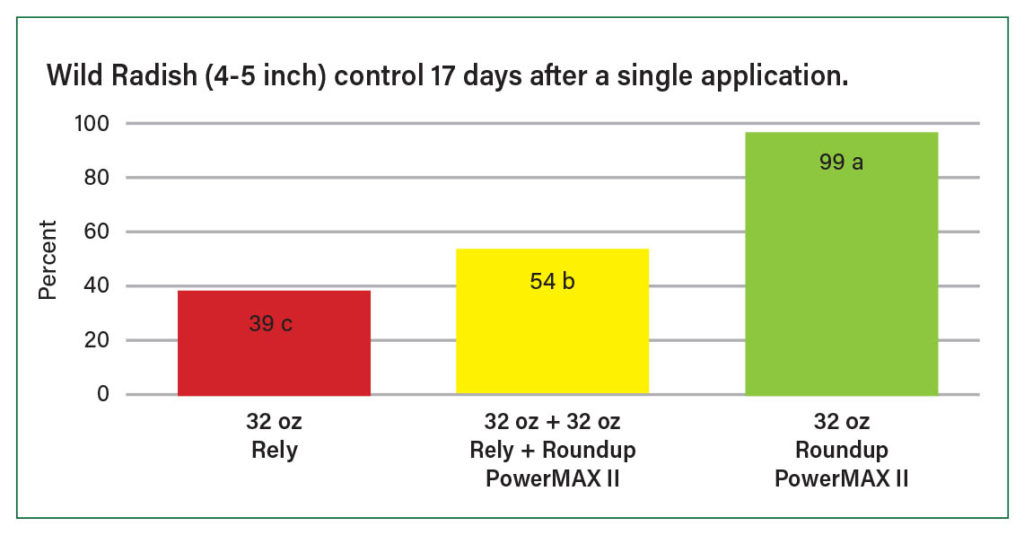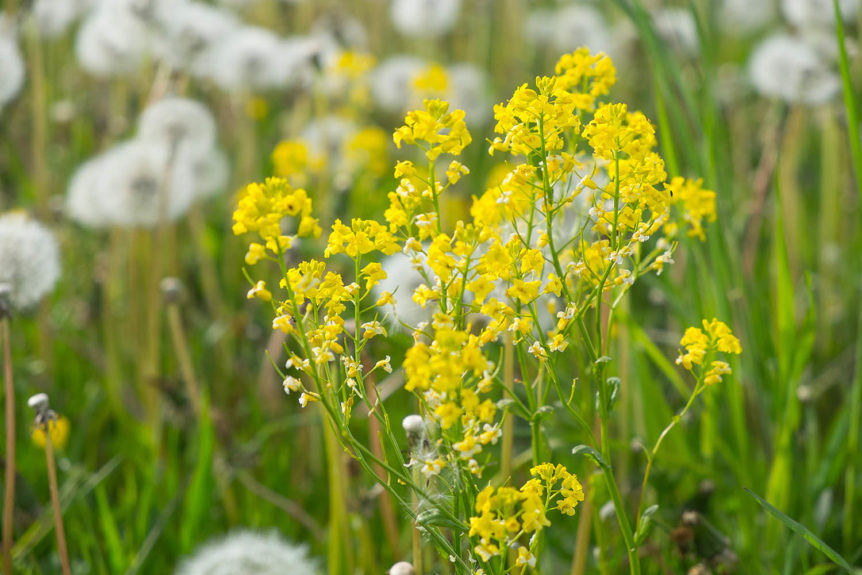
By Stanley Culpepper
Wild radish (Raphanus raphanistrum), a member of the mustard family, has historically been known as a winter annual weed primarily infesting winter crops grown throughout the Southeast. Just like many other weeds, wild radish competes aggressively with crops for light, water, nutrients and physical space. It also can harbor troublesome pests, including various insects and diseases. For example, wild radish can harbor and increase problems with diamondback moth caterpillars — which can be a major problem in a variety of crops.
Year-Round Challenge
As its emergence period expands, so does its ability to infest and compete with nearly all horticultural and agronomic crops. Since the seed emerges in the top few inches of the soil profile, deep tillage (soil inversion) can be an effective approach. However, researchers have shown seed-life longevity can exceed 15 years, making seed-bank management rather complex.
Control Options
As wild radish expands its footprint into spring and summer crops, it will exploit those crops that have limited management options. Current research suggests herbicides used in various vegetable crops — including atrazine, Chateau, Goal, linuron, metribuzin, Reflex and Sandea — can be effective in their respective labeled crops. Be sure to check each product closely as some products provide residual control but do not control emerged plants and vice versa. Commonly used weed control tools such as Basagran, Devrinol, Dual, Treflan and Sonalan provide little benefit in controlling this weed.
For the vegetable grower, preplant, row-middle or post-harvest applications of Roundup and Gramoxone are available for numerous crops. Roundup is the more effective option by far for wild radish control, but applications must be very timely, and the appropriate rate must be applied. Rely herbicide recently received preplant and row-middle use labels for several cucurbits and fruiting vegetables. Although Rely is effective on many common weed species, it simply will not control wild radish. In fact, mixing Rely with Roundup will actually reduce control by Roundup.
As always, follow all label recommendations and restrictions when applying herbicides. Be timely with your applications. Implement a systems approach to improve weed control and to mitigate the development of herbicide resistance. Finally, make sure your products go on target and stay on that target.
Stanley Culpepper is a professor of weed science with the University of Georgia College of Agricultural and Environmental Sciences.











